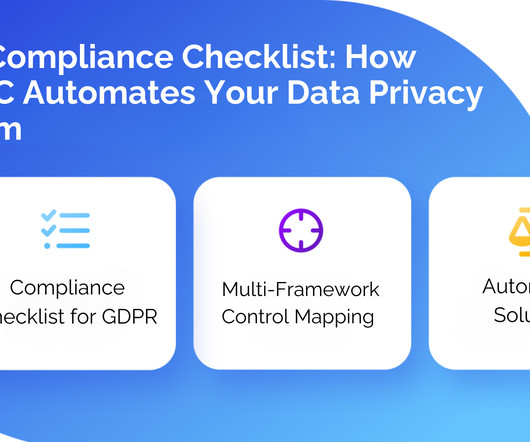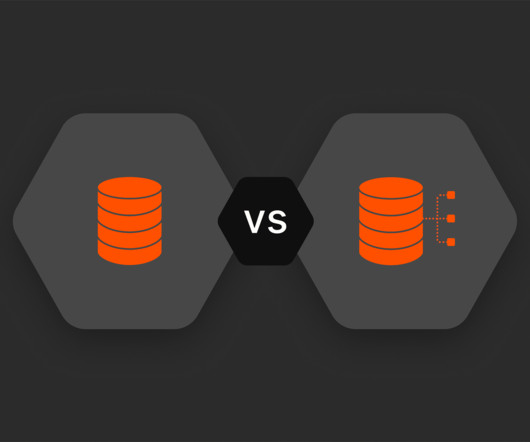How to Comply with FedRAMP: A Practical Guide to Authorization
Reciprocity
DECEMBER 17, 2024
Security Information Event Management (SIEM), vulnerability scanning/remediation, Intrusion Detection Systems/Controls, Security Operations personnel etc.) Need more information about FedRAMP? Our expert guidance and automated workflows turn complex compliance requirements into manageable, efficient operations. Request a demo today.
























Let's personalize your content